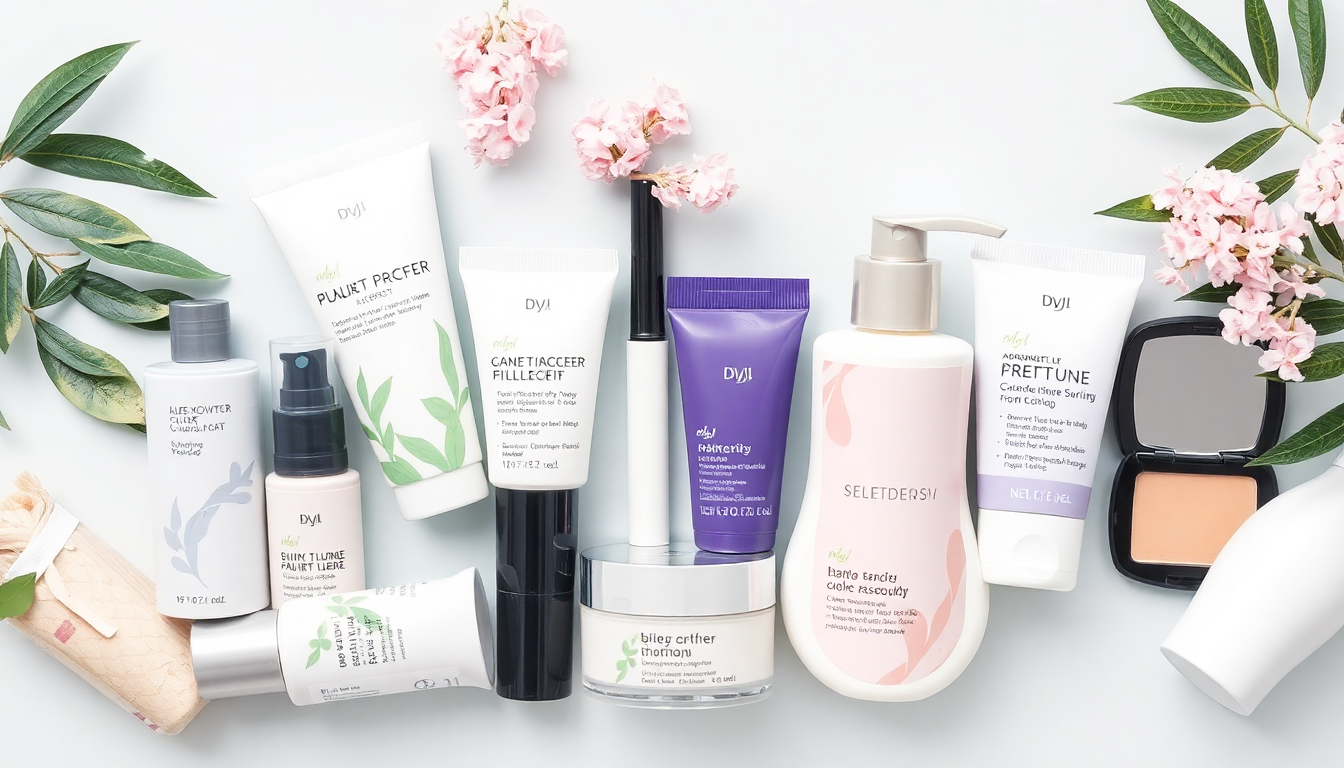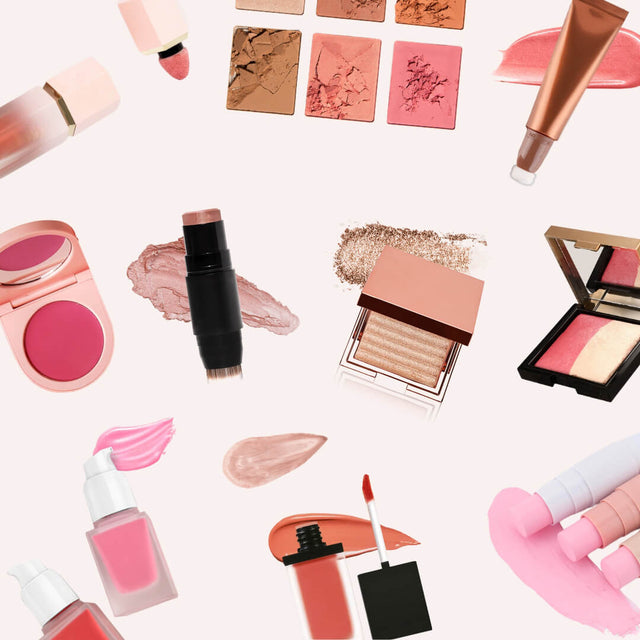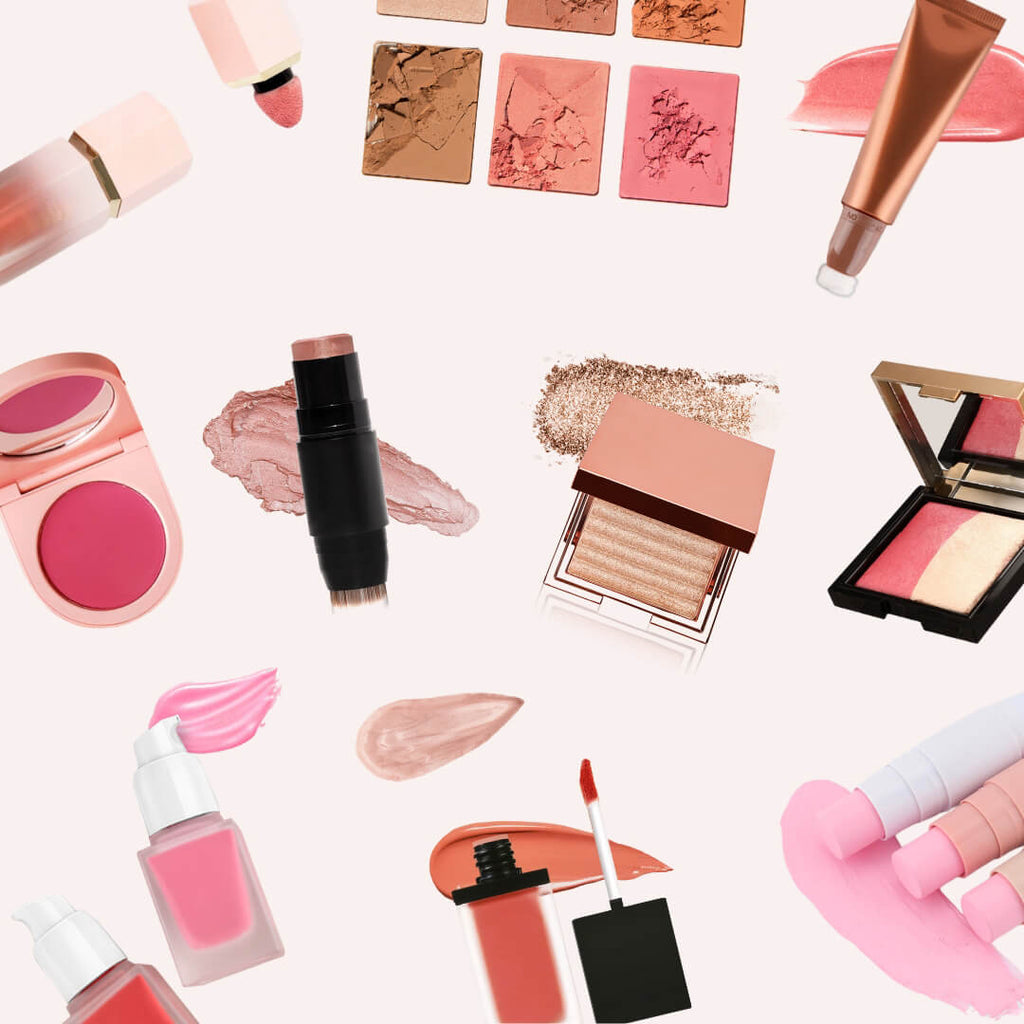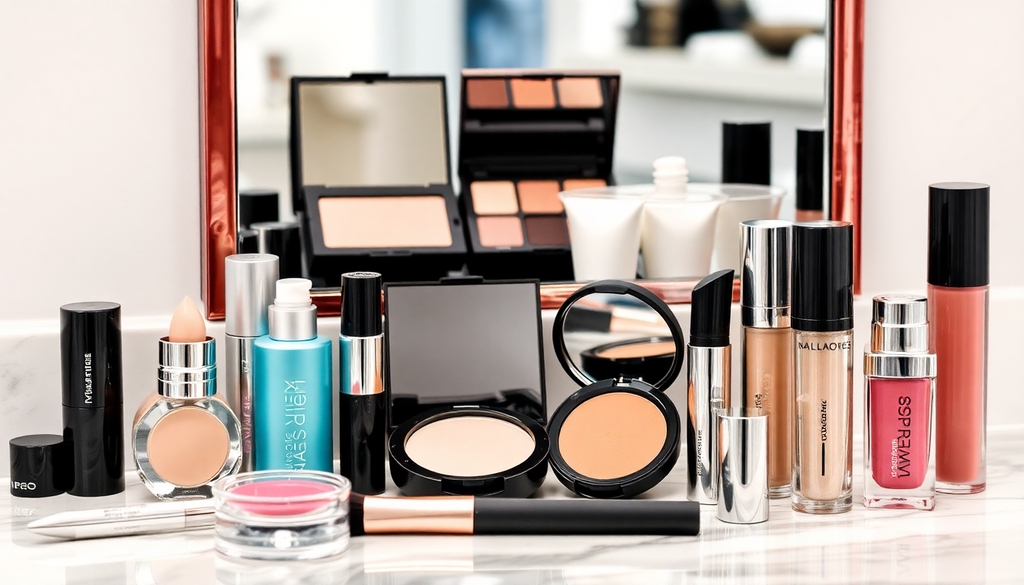
Unlocking the Global Makeup Market: Essential Steps for Launching Your Brand with Trendy Private Label Products and Packaging in 2025
Introduction
The global makeup market is projected to reach unprecedented heights in 2025, providing ample opportunities for aspiring entrepreneurs. As consumer preferences shift towards personalized and sustainable products, launching a makeup brand with trendy private label options has become an attractive venture. This article will guide you through the essential steps to successfully navigate the complexities of the global makeup market, including regulations, sourcing, online retail, and marketing strategies.
Understanding Global Market Trends
Before diving into the logistics of launching a makeup brand, it's vital to familiarize yourself with current industry trends that are influencing consumer behavior:
- Eco-Friendly Packaging: As sustainability becomes a priority, eco-conscious consumers are opting for brands that offer biodegradable or recyclable packaging. This trend is not just a fleeting fad; it’s a movement toward responsible consumption.
- Diversity and Inclusivity: The demand for products that cater to a wider range of skin tones and types is growing. Brands that embrace diversity in their product lines are resonating deeply with consumers.
- Personalization: Consumers are looking for tailored products that meet their unique preferences. Offering customizable shades or formulations can set your brand apart.
- Digital Influences: Social media platforms like TikTok and Instagram are powerful tools for shaping beauty trends. Brands that effectively leverage these channels can significantly boost their visibility and sales.
- Clean Beauty: The clean beauty movement emphasizes the use of non-toxic and natural ingredients. Brands that adopt this philosophy are becoming increasingly popular among health-conscious consumers.
Step 1: Researching Market Regulations
Understanding the various regulations governing cosmetics in different countries is crucial for ensuring compliance and successful market entry. Here’s a closer look at key markets:
- United States: The FDA regulates cosmetics under the Federal Food, Drug, and Cosmetic Act. Ingredients must be safe for use and correctly labeled. Brands should also consider the "Fair Packaging and Labeling Act" to ensure transparency in ingredient lists.
- European Union: The EU Cosmetics Regulation mandates that all cosmetics must be tested for safety and efficacy. Products must have a responsible person within the EU, and labels must include product information in multiple languages.
- Australia: The Therapeutic Goods Administration (TGA) oversees cosmetics. Brands must adhere to the Australian Competition and Consumer Commission (ACCC) guidelines, ensuring all products are safe and accurately labeled.
- China: Entering the Chinese market can be challenging due to strict regulations, including mandatory animal testing for imported cosmetics. Brands must navigate these rules carefully to avoid legal pitfalls.
- Japan: Japan has its own set of regulations and requires all cosmetics to be registered before sale. Understanding local preferences and values is also crucial for product acceptance.
Step 2: Sourcing Quality Products
Finding reliable manufacturers is essential to ensure that your products meet quality standards and consumer expectations. Here are steps to help you source quality products:
- Identify Reputable Manufacturers: Research manufacturers specializing in private label cosmetics. Look for companies with a strong reputation and positive reviews from other brands.
- Request Samples: Always request product samples to test for quality, texture, and performance. This step is crucial to ensure that the products align with your brand standards.
- Assess Product Range: Verify that the manufacturer can produce a range of trendy formulations, including liquid lipsticks, foundations, and innovative eyeshadow palettes.
- Check Certifications: Ensure that the manufacturer complies with international quality standards and holds relevant certifications, such as ISO or GMP.
- Consider MOQs and Lead Times: While this article does not focus on minimum order quantities, it's essential to understand the implications of lead times and production schedules on your launch strategy.
Step 3: Setting Up Your Online Store
In the digital age, establishing a robust online presence is crucial for your success. Here are key considerations for setting up your e-commerce platform:
- Choose the Right E-Commerce Platform: Select a platform that meets your business needs. Popular options include Shopify, WooCommerce, and BigCommerce, each offering different features suited for cosmetics sales.
- Optimize for Mobile: A significant portion of consumers shop via mobile devices. Ensure your website is responsive and user-friendly on all screen sizes.
- Implement SEO Strategies: Utilize relevant keywords related to your products and market. Focus on both on-page and off-page SEO strategies to enhance visibility and drive traffic to your site.
- Utilize High-Quality Imagery: Invest in professional photography to showcase your products attractively. High-resolution images and videos can significantly improve conversion rates.
- Incorporate Customer Reviews: Allow customers to leave reviews and ratings, as social proof can greatly influence purchasing decisions.
Step 4: Marketing Your Makeup Brand
Effective marketing strategies are essential to establish your brand in a crowded marketplace. Here are some powerful tactics you can implement:
- Leverage Social Media: Utilize platforms like Instagram and TikTok to showcase your products through engaging content, including tutorials, challenges, and influencer collaborations.
- Content Marketing: Create valuable content that resonates with your audience. Blog posts, video tutorials, and makeup tips can enhance your brand's visibility and authority in the industry.
- Email Marketing: Build an email list to keep your customers informed about new products, promotions, and beauty tips. Personalized emails can significantly increase customer engagement.
- Influencer Partnerships: Collaborate with beauty influencers who align with your brand values. Their endorsement can introduce your products to a wider audience and build credibility.
- Utilize Paid Advertising: Consider investing in targeted ads on social media and search engines to reach potential customers effectively.
Step 5: Navigating Shipping and Logistics
Once your products are ready for sale, developing an efficient shipping and logistics plan is crucial for customer satisfaction:
- Select Reliable Shipping Partners: Research various shipping companies to find those that offer competitive rates and reliable delivery times.
- Understand International Shipping Regulations: If you plan to ship globally, familiarize yourself with customs regulations and duties in different countries to avoid delays.
- Offer Multiple Shipping Options: Providing customers with choices such as standard and express shipping can enhance their overall shopping experience.
- Implement Tracking Systems: Keep customers informed about their orders by providing tracking information, which can help build trust and improve satisfaction.
Step 6: Building Customer Loyalty
Once you’ve launched your brand, maintaining customer loyalty is key to long-term success. Here are some strategies to consider:
- Implement a Loyalty Program: Reward repeat customers with points that can be redeemed for discounts or free products.
- Engage with Your Community: Foster a community around your brand by engaging with customers on social media, hosting events, or creating user-generated content campaigns.
- Solicit Feedback: Regularly ask for customer feedback to improve products and services. This not only shows you value their opinion but also helps you make necessary adjustments to enhance satisfaction.
Conclusion
Launching a makeup brand in 2025 requires a comprehensive understanding of market trends, regulations, and effective strategies for online presence and marketing. By following these essential steps and staying attuned to the latest trends, you can successfully unlock the global makeup market and establish a brand that resonates with consumers worldwide. Remember, the beauty industry is ever-evolving, so staying adaptable and innovative will be crucial to your brand's success.




